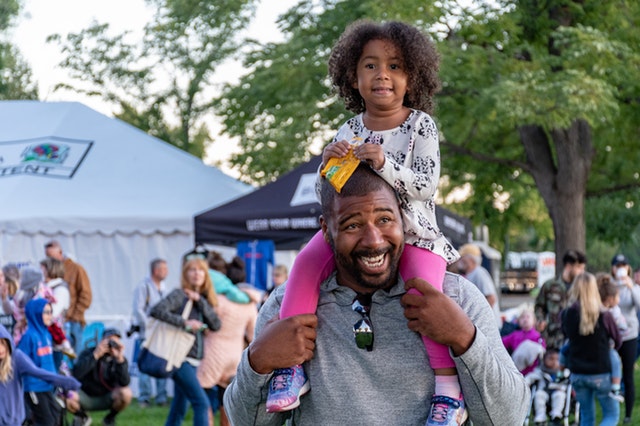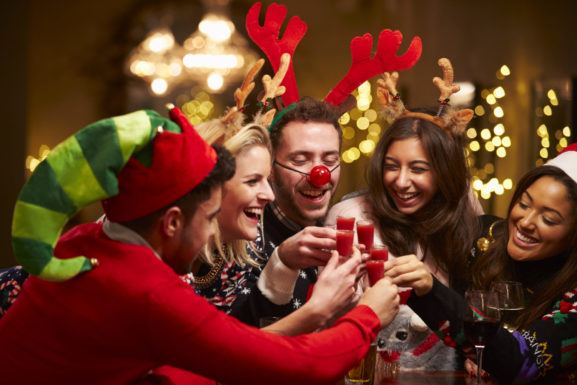Event Safety Checklist: what to include
Event safety has to be a priority for every event organiser.
Whether you’re a novice event planner or have years of experience behind you, a checklist is essential. It ensures you won’t forget a small detail that could have major consequences. It also means you have essential information at your fingertips if anything does go wrong.
As event organiser, you are responsible for the safety of everyone at your event: staff, suppliers and guests.

So what should be included in an event safety plan?
Some elements will be dictated by the size, scale and nature of the event. But it’s better to start with a comprehensive list than take a chance on ignoring a possible risk.
Risk assessments
Risk assessments allow you to anticipate anything that might cause harm, and identify actions to eliminate or reduce those risks.
Most venues will require you to complete a formal written risk assessment. If you don’t have one, ask for their standard form to complete.

Common risk areas for events include trailing cables or unstable temporary equipment; fire risk from smoking or catering; crowd management; and potential hazards such as slippery floors ort overcrowding due to wet weather.
But it’s important to view risk in a wide sense. Is there a risk that the venue you’re using will be damaged? What actions are in place to ensure staff are safe, if they’re being asked to use unfamiliar equipment? If there will be children at the event, do staff need to be DBS checked?
If you’re hiring outside contractors for part of the event, they will need to perform risk assessments too.
Security
Large-scale events like outdoor festivals obviously have different security needs from smaller celebrations or conferences.
However, a security plan is worth considering just like a risk assessment: as a prompt to identify any security issues that might cause harm. For major events, your security plan should consider the risk of theft or damage to property; protest or disorder; suspect packages; an emergency evacuation plan; and the overall terror threat level.
While this might sound extreme, it’s simply to make sure that there’s a clear process already in place – for example, muster points for a fire evacuation. If an emergency does happen, you’ll know what action to take, and so will event staff.

If you’re holding a ticketed event or one with strict rules about what visitors can bring on site, you may be using a security team. They need to be fully briefed, with an effective means of communication (such as radios) to disseminate information in a hurry. Record this on your event safety plan, including your radio channel list and the emergency communication plan – so they know who to contact if they identify an issue.
First aid
Your venue should be able to supply you with details of the nearest defibrillator and first aid kit.
For larger events, you may need to notify the nearest hospital, or provide a suitable level of first aid and medical facilities. Your local ambulance authority or a volunteer provider like St John Ambulance will be able to offer advice on what’s needed.
Noise
Noise is a common concern, especially with outdoor events.
This isn’t simply an issue of obtaining the correct licensing – although if you’re playing live music or screening movies, check that your venue is licensed for this and what the regulations are.

Remember you have a duty of care over the safety of staff if you’re using amplified equipment. There are legal limits on the maximum volume they should be exposed to at work. Surprisingly, there are no such legal limits for audiences. However, it’s a good rule of thumb to keep audiences at least 3m from any speakers.
Crowd management
A clear strategy for managing arrival, in-event movement and exit is essential.
In practical terms, it provides a better event experience if you aren’t trying to handle an overflowing car park, or long queues.

It’s also essential to keep everyone safe. Be sure to understand your maximum capacity. View the venue layout mindfully, and plan temporary structures to avoid bottlenecks. Use signage or fencing cleverly to direct guests around the venue, instead of gathering in one location.
Brief staff to be proactive – in redirecting lines to empty bathrooms or quieter food and drink outlets, for example.
Event-stop procedure
If the worst comes to the worst, you may need to end the event.
Whether it’s the impact of bad weather making the site unsafe, a major emergency or a security alert, you’re responsible for ensuring there’s a plan in place.

You, or a designated event manager, should have a checklist of required tasks: informing the emergency services if appropriate and directing them onto site; disseminating the event-stop message to key personnel; communicating to attendees in a calm, effective way that avoids panic.
Event safety support
If this event safety checklist sounds daunting, don’t panic.
Many venues will provide some support to ensure you’re creating a safe event, from confirming whether you need Public Liability Insurance to providing their own guidelines.
If you book with University of Birmingham | Conferences & events, you’ll have a dedicated event coordinator. They’ll manage the event safety paperwork, and ensure every detail is covered. They’ll do the same for the rest of your booking too, from arranging hotel rooms for conference guests to organising print materials and social programmes.


